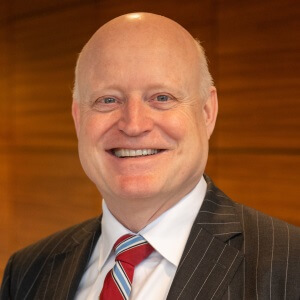Umincorp B.V.

Properly separating different types of plastic for recycling is not easy. Umincorp B.V. has found ways that can reduce the cost of doing so. V.O. identified the innovations and patented them based on Umincorp’s business strategy.
The bottles, containers or bags we use every day are made of different types of plastic, such as PP, HDPE and PET. So in order to make the same products from these again, the types of plastic must first be separated. This is done through a complex and costly process. This involves the use of hydrostatic magnetic separation. With the help of several innovations, Umincorp has managed to make this process much cheaper.
Magnetic fluid
Hydrostatic magnetic separation works as follows: pieces of plastic float through a container containing a special liquid. At the top and/or bottom of the container are magnets. As a result, the liquid becomes magnetic. This causes pieces of different density to flow through the water at different heights. At the end of the container are baffles at different heights. In this way, various types of plastic can be separated into separate channels.
Renewal of process
Umincorp was able to innovate the separation process and thereby reduce costs. Engineer Jesper Wijnja of Umincorp: “One of our innovations is that we have made the magnets in the container stronger. This means less liquid is needed, which ultimately saves costs. In addition, Umincorp developed its own liquid and devised a way to recover the liquid that remains on the plastic for reuse.

‘Dwell on business strategy before you patent.’
Jesper Wijnja – Umincorp B.V.
Thinking along technically and strategically
“When we were busy with the technical design of the magnet, V.O. was already looking along with our research,” says Wijnja. “That’s nice, that way they could identify the innovations early on and make a good estimate of patentability.” The strategic importance is also considered. “Ultimately, the technical description in a patent determines the scope of protection and the market potential of the innovation. Based on their business strategy, we choose the right wording and highlight specific components of the innovation. So a patent requires both a technical and a strategic analysis,” believes Bernard Ledeboer, patent attorney at V.O. “It’s great when a company eventually comes up with a new application. But you have to ask yourself early on: if I can pull off this innovation, what could I do with it commercially?”
Multidisciplinary team
Ultimately, V.O. was involved in all the innovations Umicorp did around hydrostatic magnetic separation. Ledeboer: “We always look at who within V.O. has the best technical expertise to match a new idea. For example, our colleagues from the chemical department were involved in the development of the liquid and I myself in the development of the machines themselves.”


